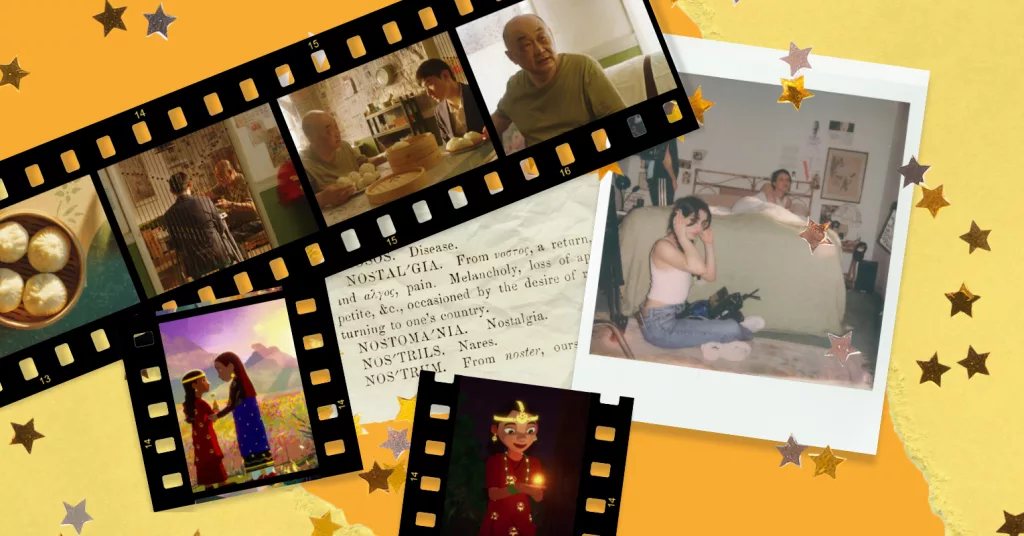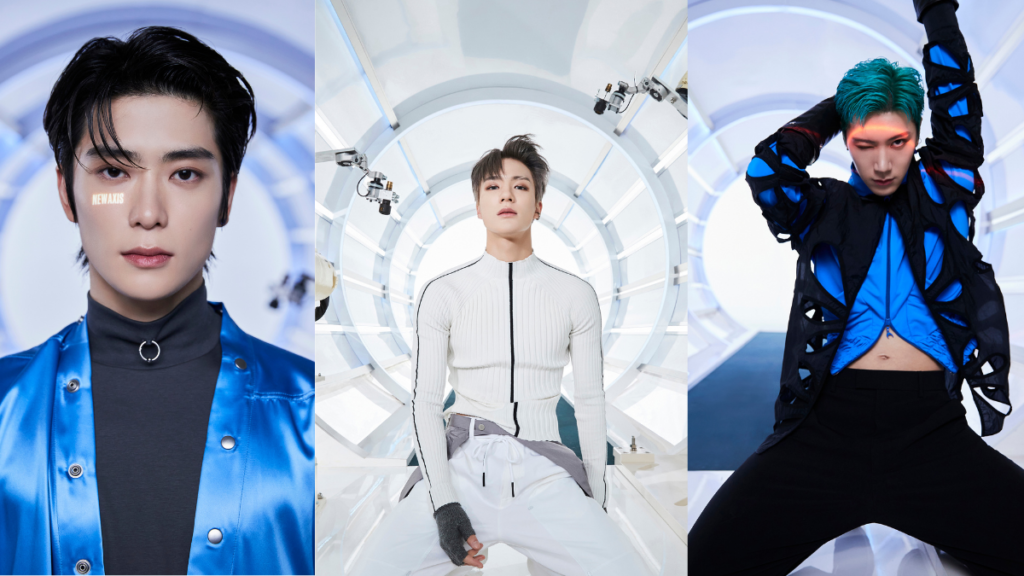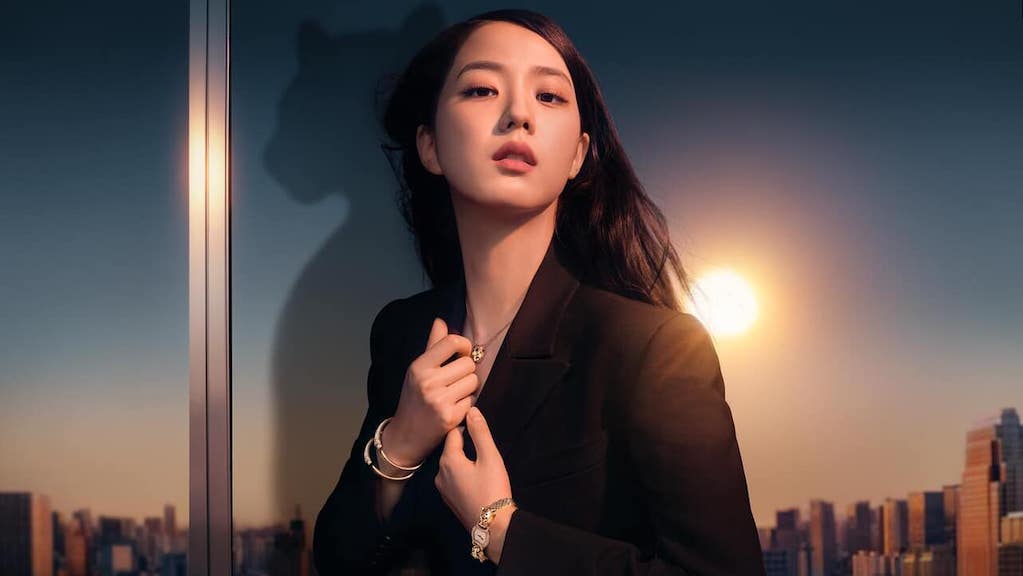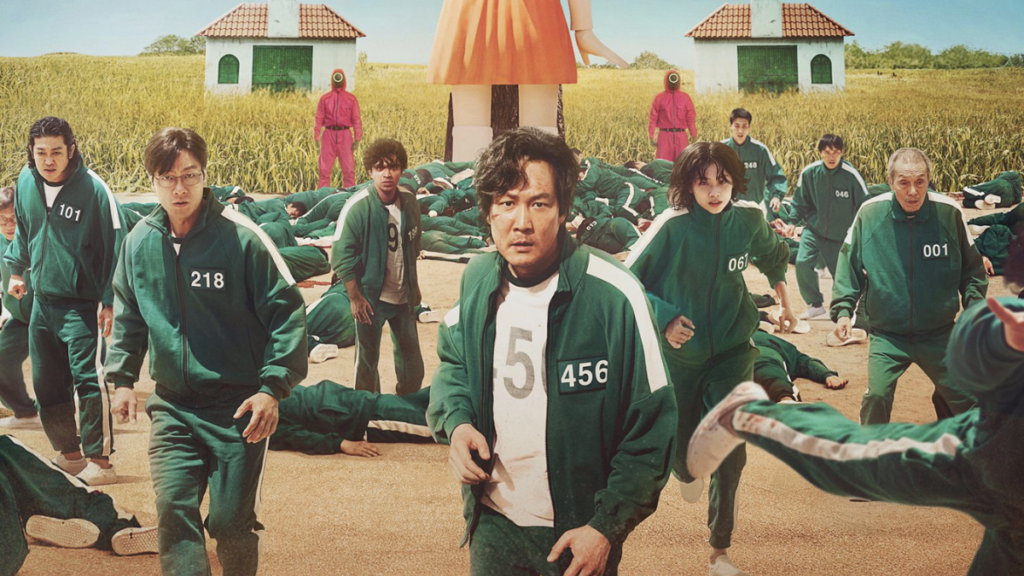In many cases, nostalgia is triggered by media because a good deal of memories of the past are accessible from the available media online and offline. Some popular films and dramas from the past decade have been remakes, reboots, or sequels of our favorite motion pictures we saw in the past, namely Mulan (2020), Little Women (2022), and The Jungle Book (2016).
Further, as a community, we are continuously living in the age of nostalgia. This is apparent in how fashion, as well as music and other corners of the entertainment industry constantly look to the internet in order to keep going forward. For instance, the K-drama 20th Century Girl features a camcorder-like recording. XG’s Y2K-inspired outfits, as well as the use of props that complement the era Reply 1988 portrays, also showcase this consistent throwback to the past.
In an ever-changing world, and considering the rapid development of technology, we find ourselves wary of the uncertainty of the future. It comes as no surprise that we naturally compare what we see, hear and consume on social media in our everyday lives to our memories of preceding times. It’s like we are persistently longing for nostalgia. But why do we constantly keep looking for comfort in the past? EnVi conversed with award-winning British-Persian director Sayna Fardaraghi, animator and director Neeraja Raj, and Chinese-American writer and director Kelly Yu via email, about how nostalgic expression plays an intrinsic part in motion pictures. We examined how nostalgic themes are portrayed, reshaped, and presented in media to illustrate how our interpretations of memories and history shape our lives.
Meaning in Nostalgia
Johannes Hofer, a Swiss physician, coined the word nostalgia in 1688, referring to a medical term for homesickness. It is made up of two Greek words: “nostos” that means to return and “algos,” which means pain and suffering — adding up to express the painful longing for home. Today, however, we define nostalgia as something more than longing for a place. In her book The Future of Nostalgia, Svetlana Boym defined nostalgia as a feeling of longing for a time in the past that contrasts with the present.
Sayna Fardaraghi is a director based in London and Brighton whose works range from a mixture of narrative films, fashion, music videos, and commercials. Much of her work revolves around the subject of people-watching, limerence, waiting, and the fear of growing up. Sayna thought of nostalgia as “a deep feeling of love and admiration, reminiscent of a past that you miss. It’s a memory wrapped in a blanket of warm feelings.” It is a tool that helps us transport instantly to the past, whereby our present time disappears for a brief moment — superseded by calming sensations that let us relive some of our best experiences.
Through the Old Lens
In motion pictures, various elements such as sound, performance, cinematography, and story are combined in several ways to elicit a deep emotional response from the audience and connect them to the experience of characters and scenes. “It’s similar to a deep physical response that occurs because your brain processes most of the stimuli in movies the way it does in real life,” explained Juliet Davidow, an assistant professor of psychology at Northeastern University.
Sayna’s short films, such as Limerence, Waiting, L’Observateur, and her upcoming film KINDRED, are characterized by dream-like and charming cinematography. Additionally, we find that she paints her characters in soft pastels and sunlight, which carry the influence of the likes of Wes Anderson, Petra Collins, and Bardia Zeinali.

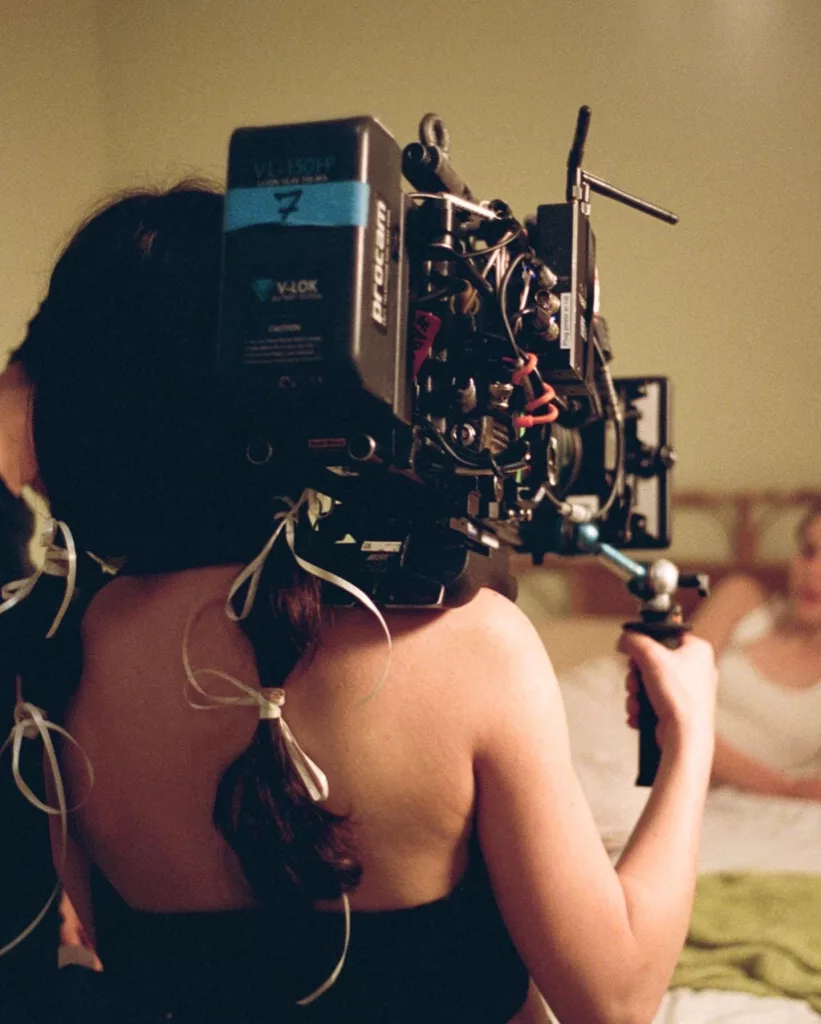
To Sayna, this dreamy aesthetic perfectly captures nostalgic themes and sentiments, as if they were recorded on an analog film camera. The inherent nostalgic aesthetic of film photography led to its revival by millennials, many of which are affected by the generational change of the last two decades. This group of people, who have experienced the analog-to-digital transition first-hand, longed to revisit the medium from the past.
“Capturing things in film to me will always hit the nail. There’s something about being lost and entranced in the film grain that just takes you back! I suppose it’s similar to the tangible aspect of ephemeral postcards or photographs,” Sayna said. In this way, the sheer act of making a film on an analog camera creates memories. Inspired by grainy film photos and childhood memorabilia, a new generation of film photographers return to the analog medium as a method to preserve authenticity and memories. “It’s like a film at arms reach, you can almost feel it.”
So what contributes to the revival of the analog medium in the 21st century? One can conclude that it’s mostly human nature. With its flawed, grainy state, the film medium evokes sincerity that is uncommon in contemporary life. It is transitory and fleeting, a representation of memory itself, and it takes place in a process that is immune to our inclination for perfection. The analog medium cannot be altered; it must only be admired for how and what it is. Its organized state serves as a reminder that we are, after all, only human.
Animation as an Escape
To quote Walt Disney, “Everybody in the world was once a child,” and that inner child is constantly looking for ways to relive old memories. As we grow up, we realize that animated films occupy a special place in our hearts because most animated films or television shows are based on classic tales of our childhood.
Neeraja Raj, a film director and animator whose critically-acclaimed film Meow or Never has been shortlisted for the Student BAFTA Awards, dabbles in different 2D, 3D, and stop motion animation. Neeraja conveys nostalgia sentiments through worldbuilding and the characters she brings to life. To illustrate, the main characters of Meow or Never are talking cats and dogs who find themselves on this adventure in outer space looking for the meaning of life.
“I think animation is able to tackle subject matter in a way that live action fully cannot. In the sense that you know, when you’re a child and you first start putting your thoughts onto paper, you start kind of coloring and drawing before you even write any words. So I think that’s something very pure about animation, that touches on the past and nostalgic memories.” Neeraja explained. These films typically take place in worlds that are completely drawn, creating the space for imaginative and fantastical scenarios like the ones kids conjure up while playing.
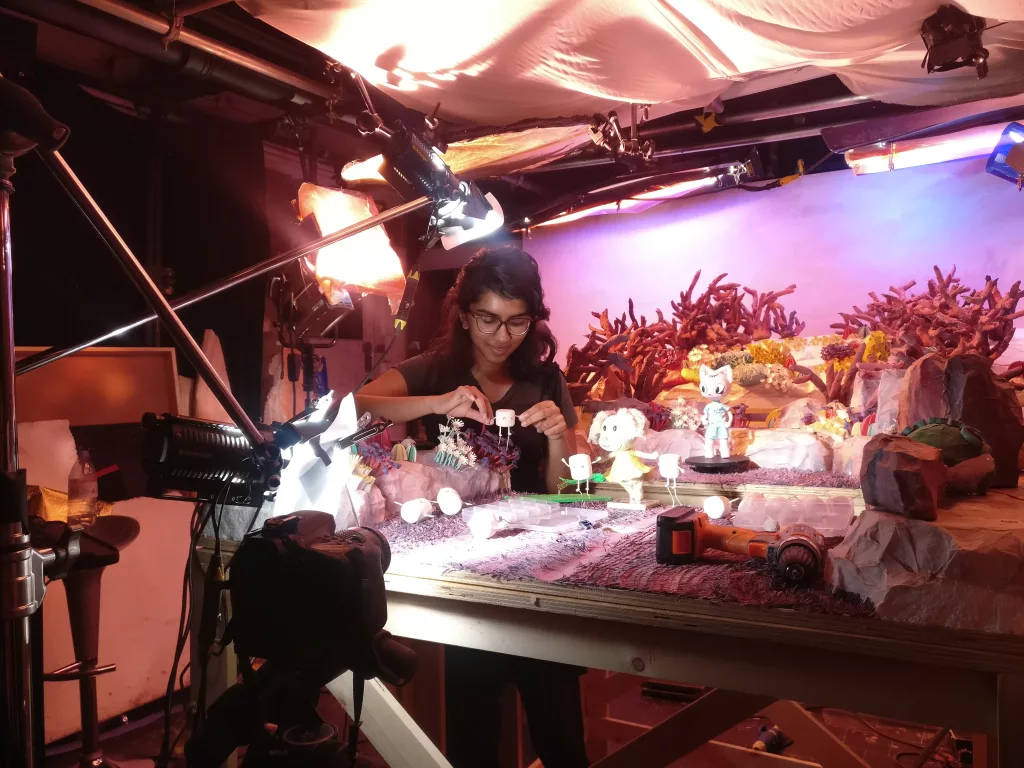
Moreover, contemporary animators frequently mimic the essence of classic animation, giving audiences flashbacks to specific television programs. Not only does it give us a chance to remember the good old days when we were young and innocent, but it also lets us forget our worries for a brief moment.
When you’re watching Mamoru Hosoda’s Mirai (2018), for example, flashes of the future are depicted when the main character, Kun, enters a magical garden to meet his little sister who travels back in time from the future. Kun learns not only what it means to be a member of a family, but also what it means to be an elder brother, as he is taken on an astonishing journey through time where he meets his family’s past, present, and future selves. “And that’s how it felt to be young, youthful, and free, and I think that’s why in our current time and age, in society, people love coming-of-age films, people love watching teenagers trying to figure out their burgeoning life, like the start of their life. ‘Cause it all feels so new and beautiful and raw and pure.” Neeraja said.
Setting the Scene
Some dramas, like the Reply Me series, focus more on evoking a certain feeling in the audience rather than emphasizing nostalgia for the characters. These types of stories benefit from our own feelings of nostalgia for the past, and this is a significant factor in how we relate to them — which is inevitably a reason for the shows’ success. This is proven in how Reply Me topped cable channel ratings in 2016 and raked several awards at the tvN10 Awards, an award ceremony which honors excellence in South Korean television. The show won several awards such as Best Content Award (Drama), Rising Star Award and the Grand Prize (Daesang) Award.
The Reply Me series makes great use of its plot due to the time and place it was set in. These stories are deliberately set in the past, often in an era that is representative of their intended audience. Hence, the audience is given the chance to relive the feelings of youth, as well as popular music, games, novels, and other media that were reminiscent of the particular time.
As a filmmaker, Kelly Yu believes that knowing how a movie will be played out is as important to being authentic to the story. “Having the vision, having known what I want to say, guiding that process, but once all the pieces fall in place, it’s important to let the movie tell you what it wants to be.” Kelly admitted that she tried several times to modify the ending of one of her short films, Plum Town. In the end, she resorted to keeping the “authentic” ending and let the film tell its own story, from its own time.
When working for Plum Town, Kelly thinks that production design was one of the most important aspects of creating the movie. Kelly and her production designer, Yudi Zhang, were able to transform a duplex in Los Angeles to fit the premise of the film which was supposedly set in China. “She [Yudi] did a really good job with transforming the set into a really authentic representative of my grandfather’s house. The details, the things she put on the wall, the tiny props, the TV, even from the car seat detailing, all of that, felt really authentic.” It allows the audience to accompany her back to a visit to her grandparents’ house in the summer of 2019.
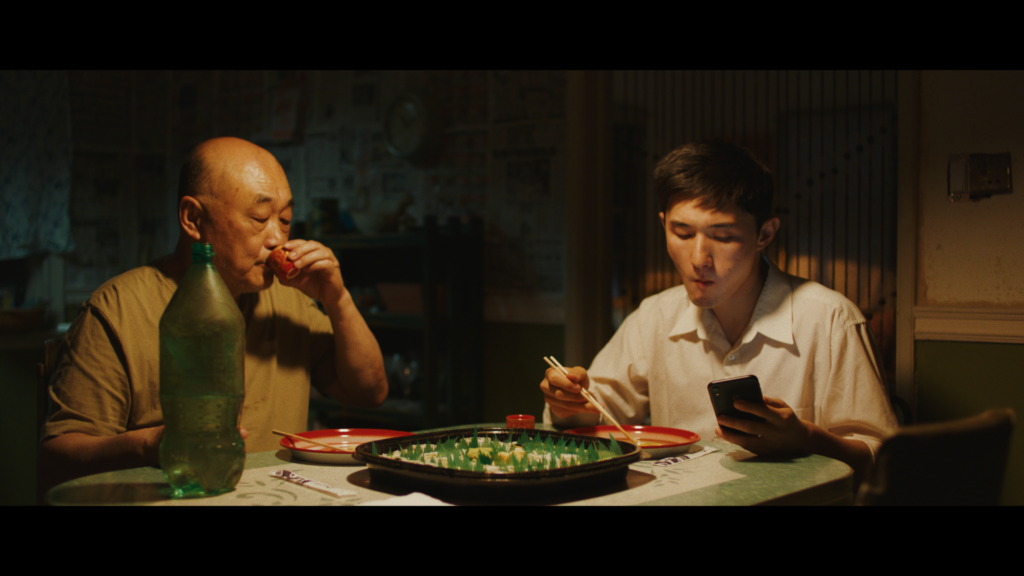
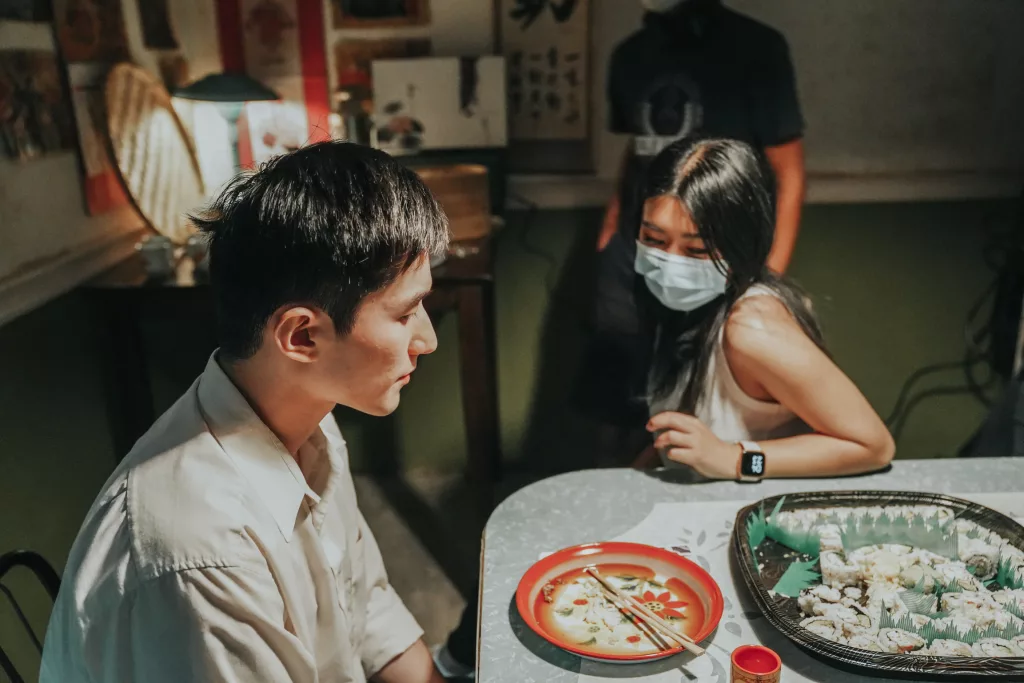
Connecting Through the Past
There is no one “perfect” method for filmmakers to elicit a sense of nostalgia in their works, but just like life, a movie is a combination of distinct aspects and offers a diverse nostalgic element to the audience. This “bittersweet” mix of sentimental memories usually leads to some attachment to things associated with the movies, such as characters, music, props, location, and sceneries.
Sayna explained that we tend to grow fond of nostalgia in the media as we grow old because of the uncertainty we are surrounded by. “In the past you’d have the blanket of parents or adult figures around you to fall back on. So there’s definitely no question that when you’re at an older age you tend to grow fond of nostalgia and want to go back, it’s an urge to go back to what you know, what was familiar, and what’s tangible like a book of physical photos and childhood memories.”
The pandemic is also fueling nostalgia like never before. We inevitably yearn for the days before COVID-19 as we are restricted in our ability to form new genuine memories and connections. It is easy to see why the past would offer a safer and more reassuring platform for connection than the present. When juxtaposed to the uncertainty of what is currently happening, the certainty of what has been done carries with it a wave of comfort.
This article is part of EnVi’s Gen Z issue. Get yourself a physical copy here!
